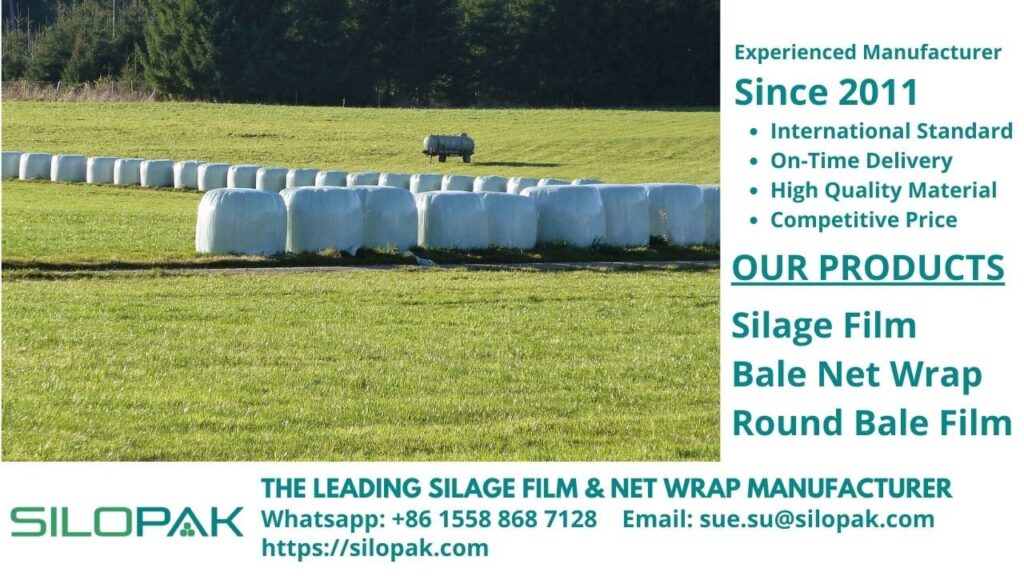
Good practice of dairy farming is intended to ensure dairy production that is safe and capable of yielding quality milk from animals that are maintained in their health under conditions that are acceptable in general.
contents [hide]
The Six Good Dairy Production Practices
There are areas that farmers need to focus on so that good farming practices can be encouraged.
Animal Health
The rate of dairy production correlates strongly with animal health. Poor health, more often than not, leads to low production and high morbidity. By tweaking this aspect, productivity can significantly improve, with the farmers being able to observe benefits that are real and direct.
Examples of good practices of maintaining the health of the animals include classifying the animals based on their resistance to disease, prevention of the occurrence of disease, implementation of an effective health management system, and proper use of medicines and chemicals.
Milking Hygiene
Milking hygiene must be monitored closely to ensure the best dairy production. In developing countries, small-scope dairy farms milk the cows by hand. A calf typically will be around to stimulate the release of milk. Extraction of milk by hand is beneficial in that it allows for lower costs, eliminates the need for maintenance of equipment, and leads to less cleaning routine.
However, this is only possible provided that labor is available sufficiently. On farms of medium to large scopes, on the other hand, the use of milking machines provides convenience, which is also a more common practice.
In both different methods of milking, one thing remains the same: The process mustn’t involve contaminations of any forms on the milk, during and after. A good practice of milking does not lead to injuries on the animals and contamination of the milk. Milking must always be carried out under hygienic environments, and the resulting product must be properly handled afterward.
Nutrition
Both water and feed must be supplied continuously to ensure high dairy production. The right kind of water and feed is the key to achieving optimum health and productivity of the animals. This also impacts the overall quality of the produced milk. The animals require nutrients depending on several factors, including their mental states, the level of milk production, overall body condition, sex, age, health condition, weight gain, body weight, climate and season, and the levels of exercise and activity.
Feeding livestock is a great challenge that developing countries find. The tropical areas face an even bigger challenge as seasonal fluctuations affect feed availability. Typical feeding methods in developing countries range from grazing (requiring large areas) to tethering (expanding grazing toward the verges of the road) and stall- or pen-feeding (requiring more labor). Water is substantial in the production of milk, so its availability and accessibility are a factor.
Good practices of providing nutrition for the animals include:
- Finding sustainable sources of both water and feed.
- Supplying water and feed in the right amount and quality.
- Monitoring storage conditions.
- Making sure that the feedstuffs brought to the farm can be traced back to their source.
Animal Welfare
The wellbeing of the dairy animals is part of good dairy production practices. They should never be left starving, thirsty, and malnourished. The rearing method must be able to provide comfort, be painless, and cause no injuries.
Environment
Dairy products can be affected by several environmental concerns such as loss of biodiversity, water pollution, water shortage, air pollution, climate change, and land degradation. This particular industry sector is a known source of greenhouse gas emissions, especially CO2, Ch4, and N2O.
Alternative solutions to consider taking are the implementation of a farming system that’s environmentally sustainable, application of a proper waste management system, and overall efforts directed toward ensuring zero impacts on the environment.
Socio-economic Management
From the perspective of socio-economic management, good dairy production practices include the implementation of a human resources management system that’s both responsible and effective, carrying out tasks in a manner that’s safe and competent, and the management of the enterprise in hopes of maintaining its financial viability.
Silopak’s commitment to supporting good dairy production practices is reflected by our continuous efforts to provide farmers with the best products to ensure maximum productivity and profitability. We offer silage wrap film, bale net wrap, and round bale film that are safe to use with minimum impact on the environment and can maintain the quality of the feed.
